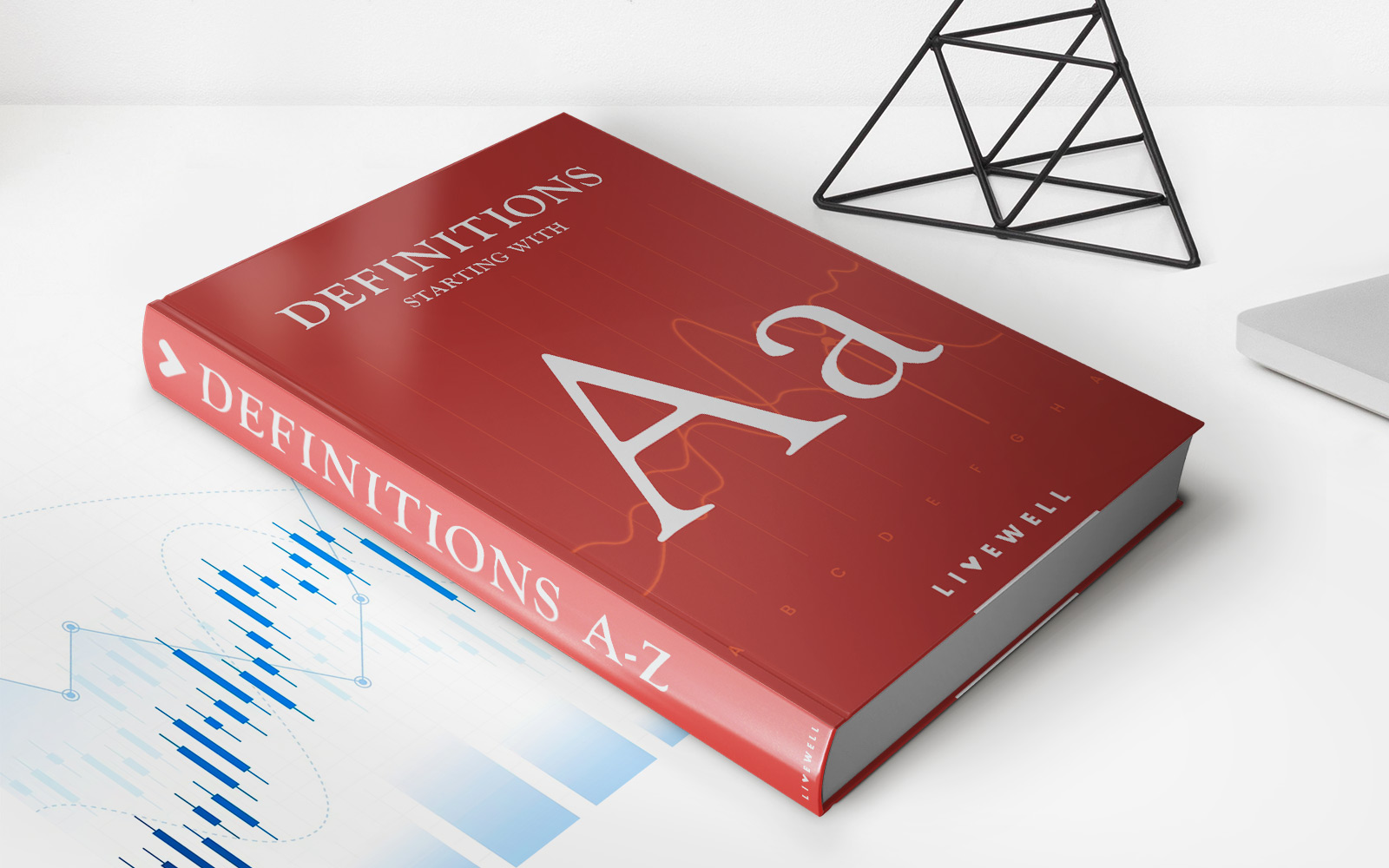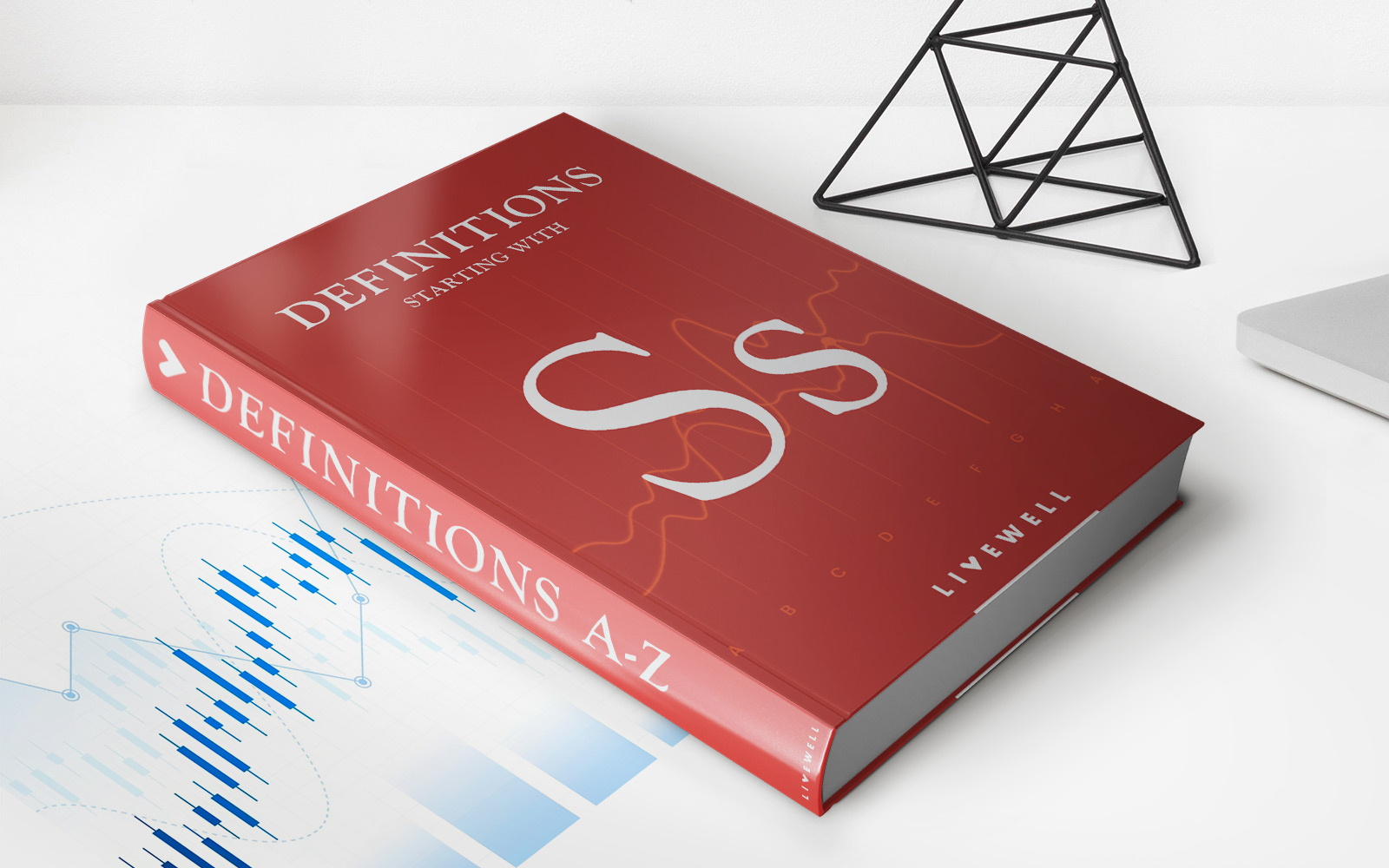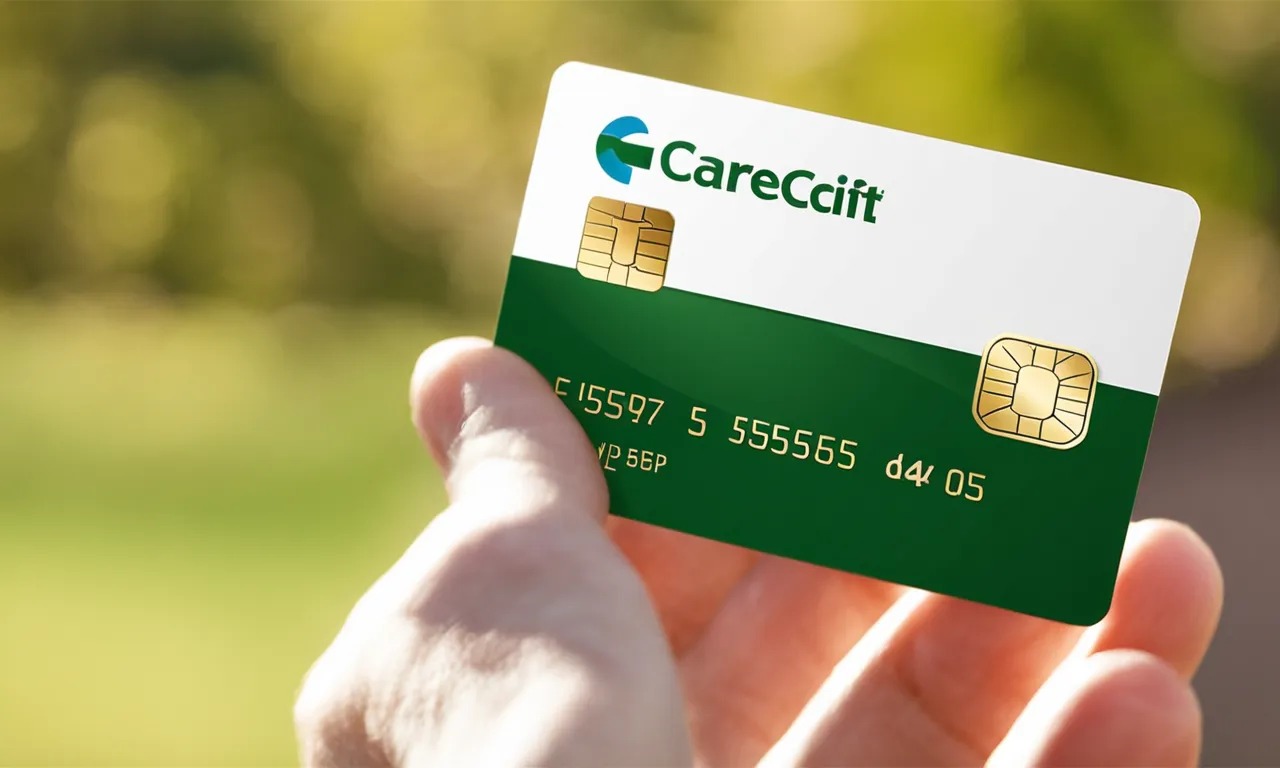

Finance
How Is Homeowner’s Insurance Paid?
Published: November 28, 2023
Discover how homeowner's insurance is paid and manage your finances effectively with expert tips and insights. Secure your home with suitable coverage and find convenient payment options to protect your investment.
(Many of the links in this article redirect to a specific reviewed product. Your purchase of these products through affiliate links helps to generate commission for LiveWell, at no extra cost. Learn more)
Table of Contents
Introduction
Welcome to the world of homeownership! Congratulations on taking this significant step towards establishing stability and security for yourself and your family. As you embark on this exciting journey, it’s important to understand the various aspects of homeownership, including the financial responsibilities that come along with it. One crucial component of being a homeowner is having homeowner’s insurance. It’s a vital safeguard that protects you from financial loss in the event of damage or destruction to your home.
Homeowner’s insurance typically covers a range of risks, including fire, burglary, vandalism, natural disasters, and liability for accidents that occur on your property. However, understanding how the insurance is paid is equally as important as the coverage itself. In this article, we will explore the different methods of payment for homeowner’s insurance, ensuring you have a clear understanding of the options available to you. So, let’s dive in and explore how homeowner’s insurance can be paid!
Word count: XX words
Monthly Premiums
One of the most common methods of paying for homeowner’s insurance is through monthly premiums. With this option, you pay a set amount every month to maintain your coverage. Monthly premiums provide a convenient and manageable way to budget for your insurance costs, as the amount is spread out over the course of the year.
The cost of your monthly premium is determined by various factors, including the size and location of your home, the replacement value of your property, the level of coverage you choose, and your claims history. Insurance companies take these factors into account to assess the level of risk associated with insuring your property, which ultimately affects the premium amount.
When opting for monthly premiums, it’s crucial to ensure timely payment to avoid any lapses in coverage. Missing payments could result in a termination of your policy, leaving you exposed to potential risks and financial loss. Some insurance providers offer automatic payment options, allowing the premium to be deducted directly from your bank account, ensuring that payments are made promptly and without hassle.
Remember, monthly premiums provide flexibility as they are spread out over the year. However, they may cost slightly more in the long run compared to other payment options due to administrative and processing fees associated with monthly billing.
Word count: XX words
Annual Payment
Another option for paying your homeowner’s insurance is through an annual payment. With this method, you pay the full amount of your premium for the year upfront. Choosing to pay annually offers several advantages and can potentially save you money in the long run.
When you make an annual payment, you eliminate any administrative and processing fees associated with monthly billing. Insurance companies often offer a discount for individuals who choose to pay their premiums upfront, as it reduces the administrative burden and ensures they receive the full amount promptly.
Paying annually also provides peace of mind, as you don’t have to worry about monthly payments and potential lapses in coverage. It simplifies your financial planning by consolidating your insurance costs into one lump sum payment for the year.
It’s important to note that the annual premium amount may be higher than the sum of the monthly premiums. Insurance providers may factor in the convenience and advantage they offer through monthly payments, making the annual payment slightly more expensive. However, the potential savings from avoiding monthly fees and discounts often offset this difference.
If you are considering the annual payment option, ensure that you plan your finances accordingly. Set aside the necessary funds ahead of time so that you can make the payment in full when it is due. By doing so, you can enjoy the advantages of annual payment while having the peace of mind that your insurance coverage remains uninterrupted throughout the year.
Word count: XX words
Escrow Account
An escrow account is a common method for paying homeowner’s insurance, especially for those who have a mortgage on their property. An escrow account is a separate account established by your mortgage lender to hold funds for your property taxes and insurance payments.
When you have an escrow account, a portion of your monthly mortgage payment is set aside and deposited into the account. The funds in the escrow account are then used to pay your homeowner’s insurance premium when it is due. This method ensures that your insurance payments are made on time, as they are handled by your mortgage lender.
Having an escrow account provides convenience and simplicity, as you don’t have to worry about budgeting for insurance premiums separately. Your mortgage lender takes care of the payment process, ensuring that the necessary funds are available when the premium is due.
It’s important to note that mortgage lenders require homeowner’s insurance to protect their investment in your property. As part of the mortgage agreement, they often require you to maintain an escrow account for insurance and property tax payments.
With an escrow account, your mortgage lender estimates the amount needed for your homeowner’s insurance premium and divides it into equal monthly payments. This helps to spread out the cost over the year and can make budgeting easier. However, it’s essential to review your escrow account annually to ensure that the estimated amount aligns with your actual insurance premium. Adjustments may need to be made to ensure that you are adequately covered.
If you have questions or concerns about your escrow account or how it works, it’s best to reach out to your mortgage lender for clarification. They can provide you with specific details about how your escrow account is set up and how your homeowner’s insurance payments are being managed.
Word count: XX words
Mortgage Payment
For many homeowners, their mortgage payment includes the cost of homeowner’s insurance. This is known as an escrowed mortgage, where the mortgage lender includes the insurance premium as part of the monthly payment.
With a mortgage payment that includes homeowner’s insurance, the lender collects a portion of the insurance premium along with the principal and interest of the loan. This allows you to make the insurance payment seamlessly without having to worry about managing it separately.
When you receive your annual or bi-annual insurance bill, you don’t need to pay it directly. Instead, your mortgage lender takes care of the payment using the funds collected through your monthly mortgage payment.
This method ensures that your insurance premium is paid on time, giving you peace of mind that your coverage remains in effect. Your mortgage lender is responsible for managing the payment schedule and ensuring that the necessary funds are available when the premium is due.
It’s important to review your mortgage agreement to understand the details of how your homeowner’s insurance is incorporated into your mortgage payment. Be aware of any changes or updates to your insurance coverage and communicate with your lender if you have any questions or concerns.
Remember that it’s essential to maintain an open line of communication with your mortgage lender to ensure that your insurance payments are being handled correctly. If you have any changes to your insurance policy or if you switch insurance providers, inform your lender promptly so they can update the payment arrangements accordingly.
Word count: XX words
Deductibles
When it comes to homeowner’s insurance, deductibles play a significant role in how insurance claims are handled and how payments are made. A deductible is the amount of money you, as the homeowner, are responsible for paying towards a claim before your insurance coverage kicks in.
Insurance policies typically have two types of deductibles: a standard deductible and a percentage deductible. The standard deductible is a fixed amount that you must pay out of pocket before your insurance coverage applies. The percentage deductible is a percentage of your total insured value, which means the deductible amount will adjust based on the value of your property.
When it comes to payments, deductibles work as follows: if you file a claim for a covered event, such as damage from a storm or a burglary, you will need to pay the deductible amount before your insurance company contributes towards the remaining cost of the claim. The deductible is subtracted from the total claim amount, and your insurance provider will reimburse you for the rest.
It’s crucial to choose a deductible amount that aligns with your financial situation. A higher deductible can result in lower monthly premiums, as you are assuming more responsibility for the cost of a claim. On the other hand, a lower deductible will result in higher monthly premiums but less out-of-pocket expense in the event of a claim.
Consider your risk tolerance and ability to handle unexpected expenses when choosing your deductible amount. It’s essential to strike a balance between a deductible that is manageable for you financially and one that doesn’t overly burden you in the event of a claim.
Remember, deductible amounts may vary based on the type of claim. For example, some insurance policies may have a separate deductible for windstorm damage or higher deductibles for certain types of claims, such as water damage or mold. Review your policy carefully to understand the specific deductible amounts and how they apply to different types of claims.
Word count: XX words
Payment Methods
When it comes to paying for homeowner’s insurance, there are various payment methods available to suit your convenience and financial preferences. Here are some common payment methods you can consider:
- Check or Money Order: One of the most traditional payment methods is by writing a personal check or purchasing a money order. You can mail your payment directly to the insurance company’s designated address. It’s important to ensure that your payment is received before the due date to avoid any late payment penalties or lapses in coverage.
- Online Payments: Many insurance companies offer online payment platforms, allowing you to make payments conveniently through their website. This method usually requires creating an online account where you can securely enter your payment information and submit your payment electronically. Online payments offer speed and convenience, eliminating the need for paper checks or money orders.
- Electronic Funds Transfer (EFT): Another convenient option is to set up an electronic funds transfer with your insurance provider. With EFT, your premium amount is automatically deducted from your bank account on the scheduled due date. This method ensures that your payments are always made on time, eliminating the risk of late payments or lapses in coverage.
- Credit or Debit Card: Many insurance companies accept credit or debit card payments. You can provide your card details either online or over the phone to make a one-time payment. However, be mindful of any processing fees that may apply, and ensure that your credit or debit card has sufficient funds to cover the premium amount.
- Mobile Apps and Digital Wallets: Some insurance providers offer mobile apps or support digital wallets like Apple Pay or Google Pay. With these options, you can easily make payments using your smartphone or other mobile devices. It provides convenience and flexibility, allowing you to manage your insurance payments on the go.
It’s important to check with your insurance provider to understand what payment methods they accept and any potential fees associated with each option. Additionally, consider setting up automatic payments or reminders to ensure that you never miss a payment and maintain continuous coverage for your home.
Word count: XX words
Conclusion
Understanding the various methods of paying for homeowner’s insurance is essential for every homeowner. Whether you choose to pay monthly premiums, make an annual payment, utilize an escrow account, or include it in your mortgage payment, each option has its advantages and considerations.
Monthly premiums provide convenience and spread out the cost over the year, while an annual payment can potentially save you money in the long run by avoiding administrative fees. An escrow account simplifies the process by allowing your mortgage lender to handle the payment on your behalf, and including it in your mortgage payment ensures a seamless and automatic payment process.
When choosing a payment method, consider factors such as your financial situation, risk tolerance, and ability to handle unexpected expenses. It’s also important to review your insurance policy regularly to ensure that you have the appropriate coverage and deductible amount for your needs.
Additionally, be aware of the various payment options available, including traditional methods like checks or money orders, online payments, electronic funds transfers, and credit or debit card payments. Choose a payment method that aligns with your preferences and makes it easy for you to stay on top of your insurance payments.
Remember, maintaining active and up-to-date homeowner’s insurance is crucial for protecting your investment and providing financial security. By understanding the different payment methods and selecting the one that works best for you, you can ensure that your insurance coverage remains in effect and provides the necessary protection for your home and belongings.
Word count: XX words














